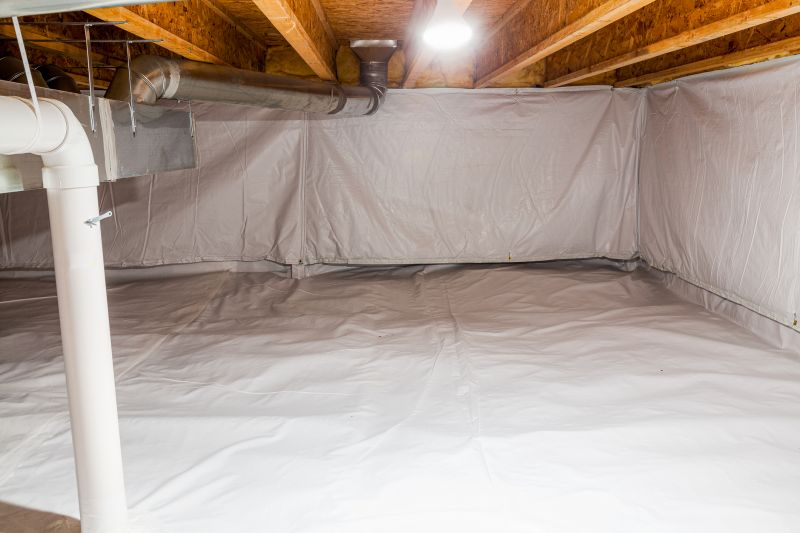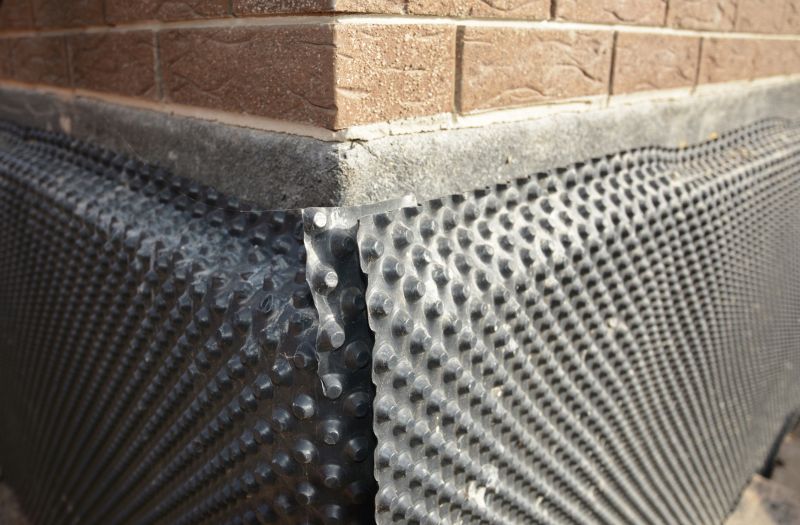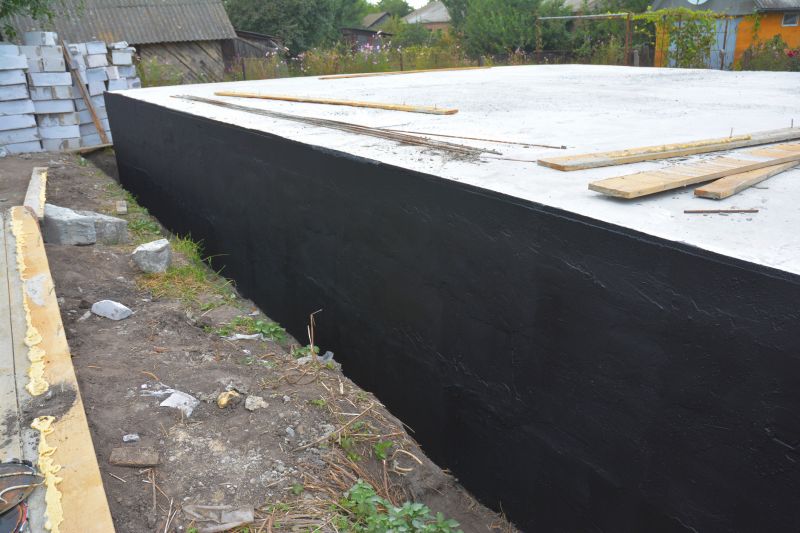Reduce Energy Bills with Crawlspace Encapsulation
Crawlspace encapsulation is a comprehensive process designed to improve indoor air quality, prevent moisture issues, and enhance home energy efficiency. Properly sealed crawlspaces can significantly reduce the risk of mold growth, wood rot, and pest infestations, contributing to a healthier living environment.
Encapsulation prevents moisture infiltration, reducing mold growth and structural damage caused by excess humidity.
A sealed crawlspace minimizes heat loss, which can lower heating and cooling costs by up to 15%.
Reducing mold and dust mites in the crawlspace improves indoor air quality and can alleviate allergy symptoms.
Sealing the crawlspace deters pests such as rodents and insects from entering the home.

A finished crawlspace showcasing sealed walls, insulation, and vapor barriers.

Interior view of an encapsulated crawlspace with clean, sealed surfaces.

Installation of durable vapor barriers over the crawlspace floor.

Another view of a completed crawlspace encapsulation with insulation and sealing.
Neglecting crawlspace encapsulation can lead to increased energy bills, structural deterioration, and health issues caused by mold and allergens. Without proper sealing, moisture can accumulate, promoting mold growth and attracting pests. Over time, these problems can result in costly repairs and compromised indoor air quality.
| Advantages of Encapsulation | Risks of Not Encapsulating |
|---|---|
| Reduces moisture and mold | Increases risk of mold and wood rot |
| Improves indoor air quality | Allows dust mites and mold spores to circulate |
| Enhances energy efficiency | Leads to higher heating and cooling costs |
| Prevents pest entry | Pests can infest and damage the home |
| Supports structural integrity | Moisture damage weakens the foundation |

